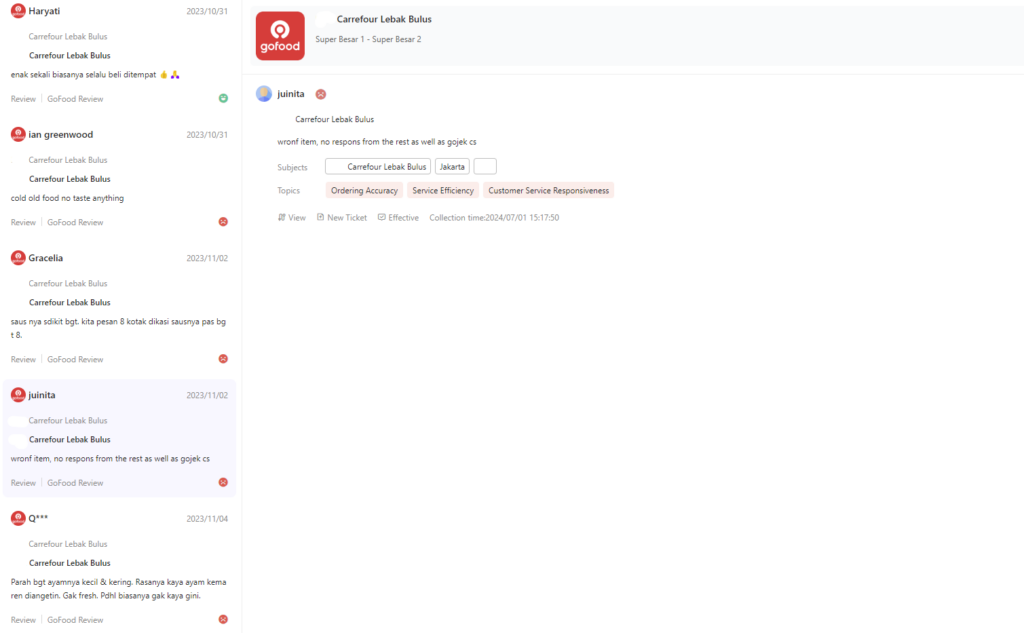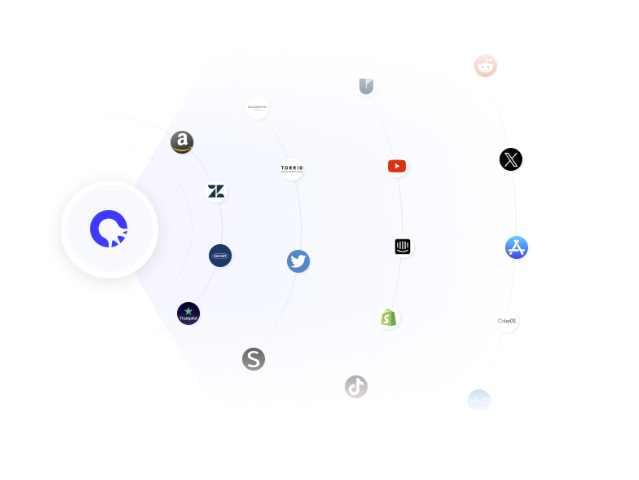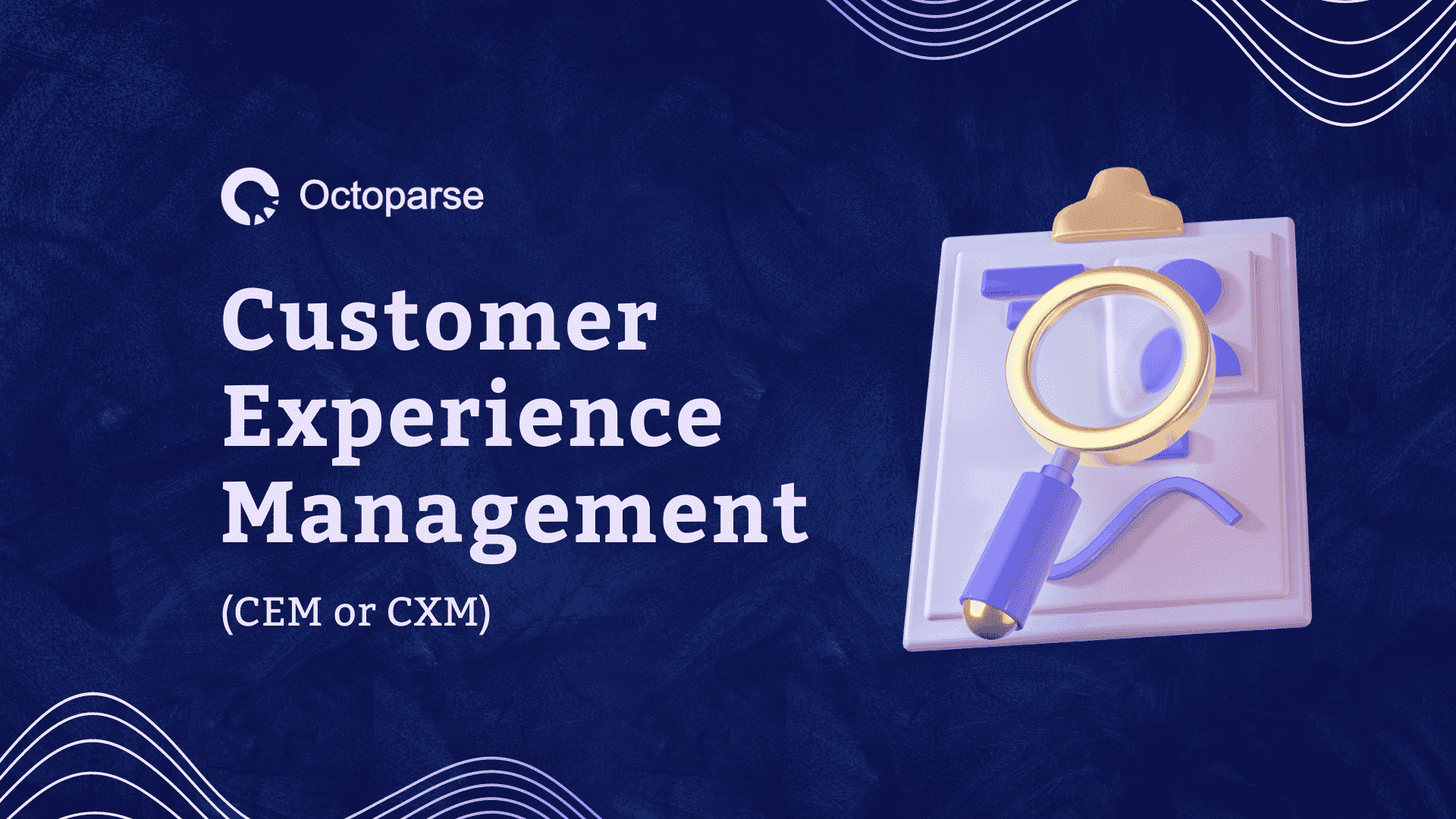
Picture this: your restaurant chain is a hit in the U.S., fueled by stellar reviews on Google and Yelp. But as you expand internationally, the game changes. The five-star feedback that kept your business booming in New York barely makes a dent in Tokyo. Suddenly, what worked so well at home isn’t cutting it abroad, and you’re left wondering—what’s missing?

The numbers tell the story clearly. While 89% of U.S. consumers routinely check online reviews on platforms like Yelp and Google, the landscape looks remarkably different abroad. In Japan, for instance, only 13% of consumers use these familiar platforms, with the majority preferring local sites like Tabelog and Hot Pepper. Similarly, in China, a staggering 90% of diners turn to local platforms like Dianping and Meituan for restaurant recommendations. This stark contrast isn’t just about platform preference – it reflects deeper cultural differences in how people evaluate and share dining experiences. For example, Chinese reviewers typically place greater emphasis on food presentation and authenticity, while Japanese consumers often focus more extensively on service quality and cleanliness in their ratings.
The Business Case for Valuing Regional Data Sources
Regional Diversity and Preferences:
When expanding globally, businesses need to recognize that each region comes with its own set of unique cultural preferences, social norms, and customer behaviors. For multinational enterprises (MNEs), understanding these local differences is key to staying relevant.
Take China, for example. While platforms like Google Reviews and TikTok are well-known globally, they aren’t the go-to for feedback in China. Instead, consumers trust local platforms like Dianping, Meituan, and Weibo to share their dining experiences. These platforms are deeply embedded in the everyday lives of Chinese consumers, providing insights that international platforms often miss. By focusing on these regional channels, businesses can gain a more accurate and nuanced understanding of what drives customer satisfaction, giving them a crucial edge in these markets.
Starbucks in China: Learning to Adapt

When Starbucks first stepped into China, they quickly discovered that their winning American formula needed a serious rethink. In a country where tea has been the beverage of choice for centuries, their coffee-heavy menu initially missed the mark. The challenge became crystal clear when local rival Luckin Coffee entered the scene. While Starbucks stuck to its traditional approach, Luckin captured the market’s attention with lower prices, localized drinks, and a digital-first ordering system that perfectly matched China’s tech-forward lifestyle. By 2020, Luckin had launched 5,000 stores in just two years – a milestone that had taken Starbucks two decades to achieve. This showed that succeeding in China required more than just bringing over a successful American brand – it demanded a deep understanding of local preferences and habits.

The real gamechangers for Starbucks in China came through local insights and smart leadership. With Belinda Wong stepping in as regional CEO, Starbucks started listening to what Chinese customers were actually saying on popular local platforms like Dianping and Weibo. They learned their customers didn’t just want American coffee – they wanted a blend of East and West. Soon, Starbucks stores were offering mooncakes during festivals, introducing tea-infused coffee drinks, and serving breakfast items that Chinese customers craved. This shift from “American coffee shop” to “local favorite with a global twist” transformed their business entirely. Now, with more than 6,000 stores across 230 Chinese cities, Starbucks has proven that understanding local preferences isn’t just good business – it’s essential for global success.

Local review platforms are like insider guides to each market – they reveal what customers really want in ways global platforms often miss. Skip this local insight, and you risk serving sushi to customers craving dumplings. The businesses that succeed internationally are the ones that take time to understand these local preferences.Copy
The Challenges of Integrating Regional Data
Navigating the Complexity of Regional Data
Multinational enterprises often struggle to integrate data from various regional platforms. Each local site—whether an e-commerce platform, social media network, or review site—has its own structure, data formats, and metrics. This lack of uniformity leads to fragmented insights, making it challenging to fully understand global customer preferences.
Technical Barriers:
Consolidating regional data into a unified system requires advanced technology and analytical tools. Without sophisticated data scraping capabilities, advanced artificial intelligence (AI), or machine learning (ML), companies may rely on manual data processing, which is inefficient and prone to errors. The absence of standardization hampers the unification of insights. Interpreting nuances in regional data—such as cultural preferences, sentiment analysis in different languages, or identifying local trends—demands technological expertise that not all businesses possess. Without the right tools, companies risk blind spots in their global operations.
Investing in advanced Customer Experience Management (CEM) platforms can address these challenges. These tools automate data collection, analysis, and integration across diverse platforms, enabling businesses to develop a unified global strategy while respecting regional differences. With the right technology, companies can transform fragmented data into clear, actionable insights, staying connected with customers worldwide.
How Octoparse CEM Solves These Challenges

Introducing Octoparse CEM:
Octoparse CEM’s Customer Experience Management (CEM) platform offers an effective solution for businesses facing the challenge of managing diverse customer feedback data across different nations. It provides a unified platform where customer insights from both global and regional sources are consolidated, allowing businesses to gain a complete view of their customer base.
Octoparse CEM’s AI-powered analytics enhance the value of this data by analyzing trends, preferences, and sentiments specific to each nation. The AI uncovers regional insights—such as preferences for certain products, regional complaints, or emerging local trends—that global platforms may overlook. This deeper analysis helps businesses identify opportunities for improvement or innovation in individual markets, allowing them to adapt their strategies to meet the distinct needs of customers in each country, whether it’s tailoring products or optimizing marketing strategies.
Case Study: Enhancing Customer Experience for a Restaurant Chain in Indonesia
A restaurant chain with 750 locations in Indonesia was missing the mark with local customers. They relied on global platforms like Google Reviews, but their real insights were hiding in plain sight—on local apps like GrabFood and GoFood, where customers shared in-depth feedback. With reviews scattered across multiple platforms, it took the company three months just to pull together a report, leaving them far too slow to react to what customers actually wanted. The delay meant missed opportunities to adapt and improve, keeping them one step behind the competition.

To overcome this challenge, the restaurant chain partnered with Octoparse to develop a custom Customer Experience Management (CEM) platform tailored to Indonesia.
Octoparse CEM solution:

Automated Data Collection: Octoparse CEM automated the collection of customer feedback from both local (GrabFood, GoFood) and global platforms (Google Reviews, social media), saving time and reducing the manual effort required to gather scattered reviews.

Centralized Feedback Hub: By consolidating all reviews and feedback into a single, easy-to-access platform, the chain gained a comprehensive view of customer sentiment across 750 Indonesian locations. Additionally, it provides a central platform for the company to response to customer feedback (questions, complaints, and etc) from different channels.

Real-Time Monitoring: The platform enabled real-time tracking of each store’s performance, allowing the company to adjust its strategy and offerings promptly to meet local consumer needs.

AI-Driven Insights: Octoparse’s AI capabilities provided deep analysis of customer behavior, preferences, and trends, such as popular menu items, common complaints, and peak service times.
Localized Strategy: Armed with timely insights, the chain localized its menu with regionally inspired dishes and tailored its marketing campaigns, which led to increased customer satisfaction and boosted sales.
For enterprises looking to stay competitive in global markets, the time to start exploring regional data platforms is now. Octoparse CEM offers a solution that enables companies to leverage these insights for greater success worldwide.



